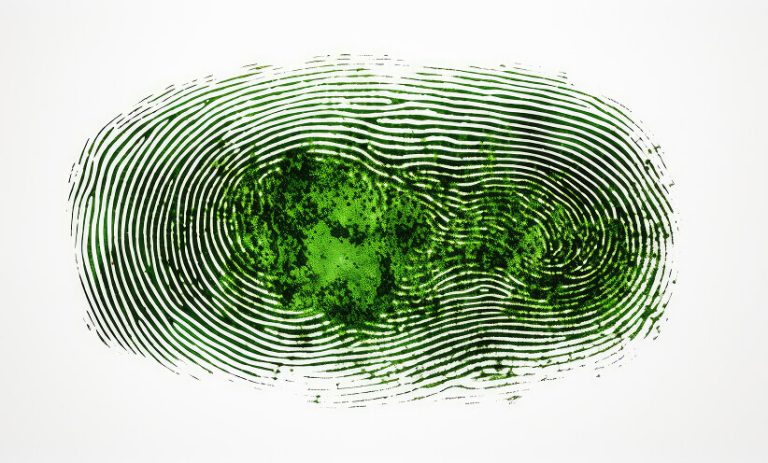
Why Green Cybersecurity is the future of digital protection

What Is Cryptojacking?
Cryptojacking is a type of cyberattack where hackers secretly use your device’s computing power to mine cryptocurrency. Unlike ransomware or data breaches, cryptojacking often goes unnoticed for long periods—silently consuming your resources and inflating your energy bills.
Instead of installing malware that steals your data, attackers inject malicious scripts into your system or browser. These scripts hijack your CPU or GPU to solve complex cryptographic puzzles for cryptocurrency mining, with the profits going directly to the hacker.
The Hidden Energy Cost of Cryptojacking
While cryptojacking may seem less harmful than other cyberattacks, its impact is far-reaching—especially from an environmental and energy standpoint:
- Increased Power Consumption: Mining operations are extremely resource-intensive. Even when done covertly on hijacked devices, the collective power drain can be massive.
- Shortened Hardware Lifespan: The constant high CPU/GPU usage leads to overheating, faster wear-and-tear, and increased cooling requirements.
- Higher Carbon Footprint: In regions powered by fossil fuels, excess electricity usage from cryptojacking contributes directly to carbon emissions.
- Organizational Costs: Businesses may see spikes in electricity bills, degraded network performance, and unexpected hardware failures.
Cryptojacking turns your digital infrastructure into an involuntary crypto-mining farm—one that you pay for in both money and energy.
Why It’s a Green Cybersecurity Issue
At the Green Cybersecurity Solutions (GCS), we classify cryptojacking as not just a security threat—but an environmental one. Every stolen watt of energy is a blow to sustainability goals and responsible digital operations.
This silent energy theft directly undermines efforts to run greener IT environments. And as businesses increasingly strive for net-zero targets, combating such threats becomes a priority for both security and sustainability teams.
Signs Your System Might Be Infected
Since cryptojacking is designed to be stealthy, it can be tricky to detect. Look out for:
- Unexplained performance slowdowns
- Overheating devices or increased fan noise
- Unusual spikes in energy usage
- Browser lags, even on simple sites
- CPU usage maxing out with no visible cause

How to Protect Yourself (and Your Energy)
Preventing cryptojacking means strengthening cybersecurity and being energy-aware. Here’s how you can take action:
- Use Anti-Cryptojacking Extensions: Install browser add-ons like NoCoin or MinerBlock to block mining scripts.
- Deploy Energy-Aware Threat Detection: Platforms like GCS’s EcoThreat Intelligence can flag abnormal CPU or energy spikes that indicate cryptojacking.
- Keep Software Updated: Patches often close security gaps that cryptojackers exploit.
- Monitor Energy Usage: Integrate energy monitoring into your cybersecurity strategy to detect hidden consumption patterns.
- Educate Your Team: Awareness is key—train employees on safe browsing and recognizing suspicious behavior.
Final Thoughts
Cryptojacking represents a dangerous intersection of cybersecurity and environmental harm. While it might not steal your data, it steals your energy—and undermines your digital sustainability efforts.
By investing in smarter, greener cybersecurity solutions, you can stop cryptojacking in its tracks and protect both your infrastructure and the planet.
Related articles.
Join us in building a safer, greener digital world
Whether you’re a tech leader, policymaker, student, or green innovation enthusiast, our content is designed to educate, challenge, and inspire.


